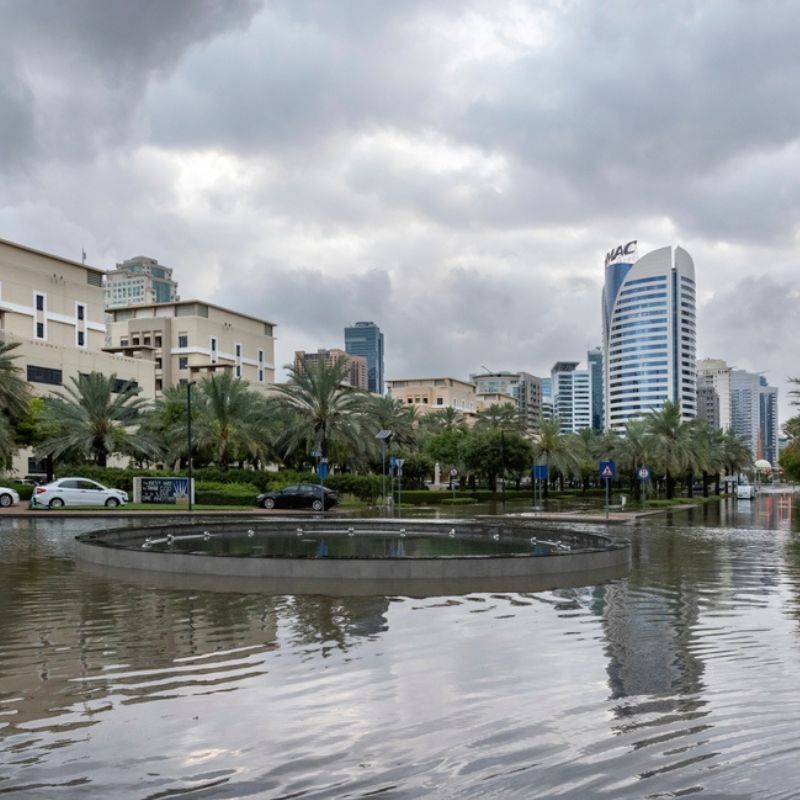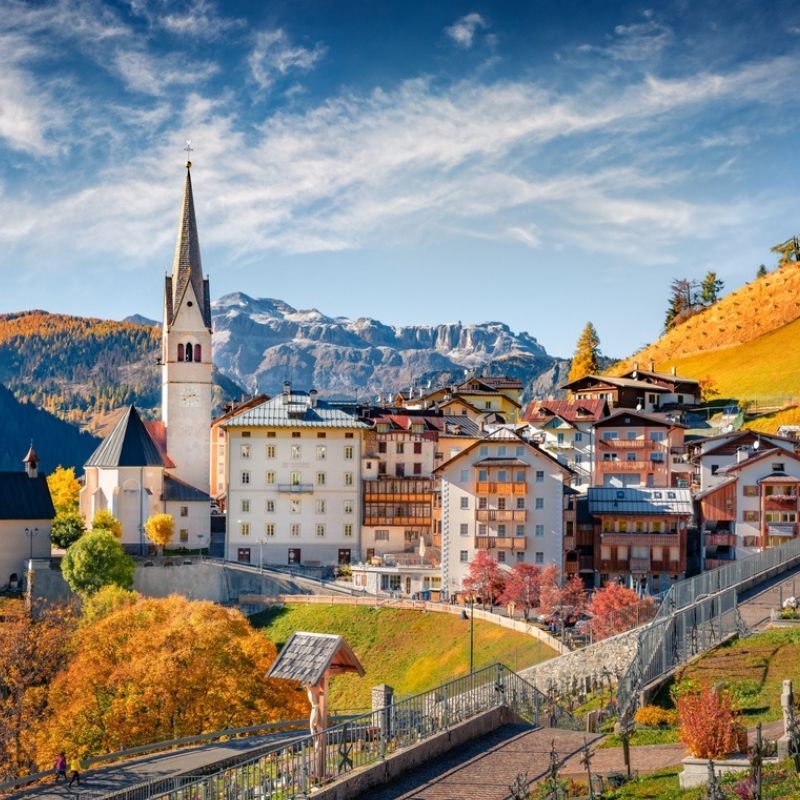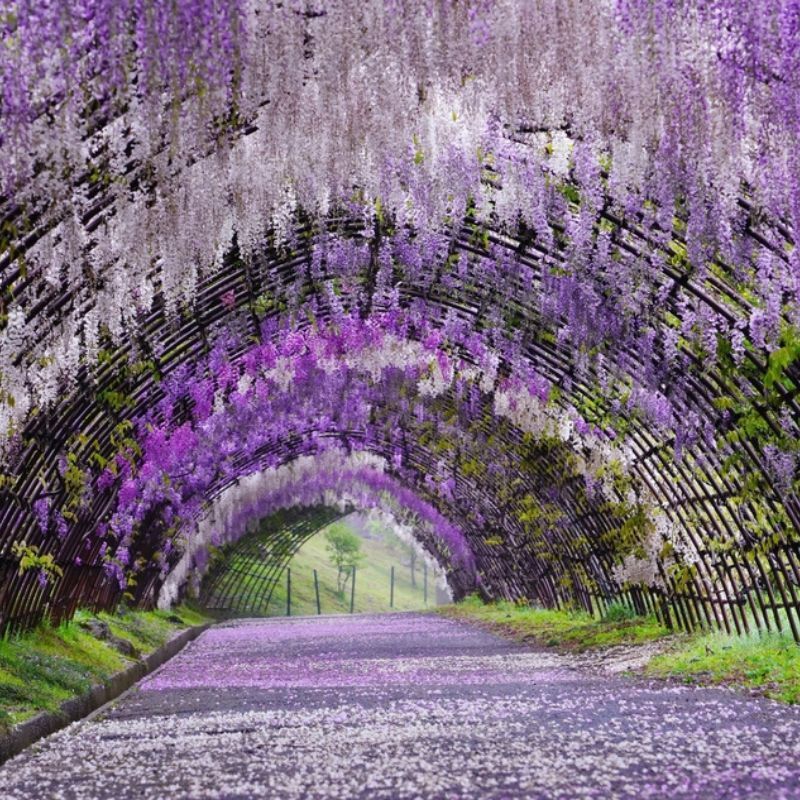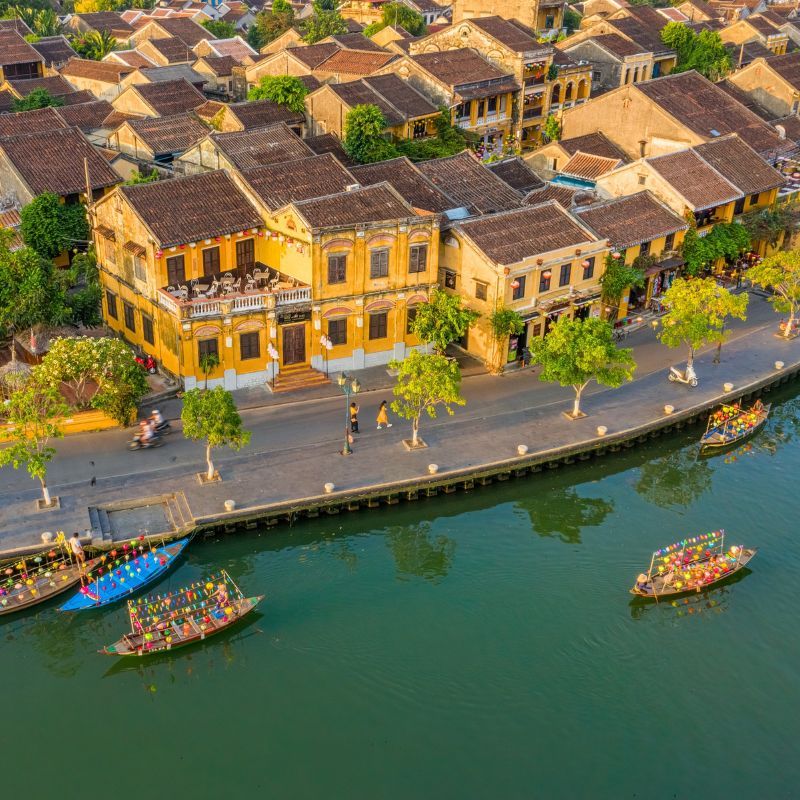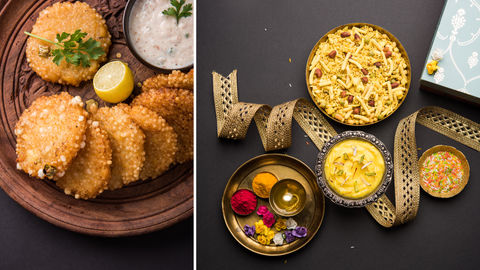
Celebrate the great Indian festivals of the season with a sampling of the best, and most diverse festive food from around the country. By Priya Bala

The Indian food theory says that our menus consist of six distinct flavours: sweet, salty, bitter, sour, astringent, and spicy. The thali beautifully captures this philosophy, irrespective of its place of origin. Every Indian state boasts its own prolific circular platter of bowls filled with goodness and culture. The dishes in every thali let you soak up the history and tradition of that region. Each recipe has a story, and once you understand the balance of flavours and the science behind it, you truly learn about India.
Food Of The Gods

Ganesh Chaturthi, dedicated to the elephant-headed God, is one of the first festivals post monsoon. In the West, in Maharashtra, and particularly in Mumbai and Pune—massive Ganpati idols are installed in decorated pandals. One of Maharashtra’s favourite sweets, shrikhand, made of hung curd whipped with powdered sugar and cardamom, is offered to the deity and relished by the worshippers afterwards. There are pujas at home as well, and Ganesha’s favourite, modak, is made. The traditional one is called ukadiche modak, a steamed rice-flour dumpling stuffed with coconut and jaggery. Lately, innovative versions are being crafted out of khoya and even chocolate.
Neighbouring Gujarat slips into festive mood with Navratri, a nine day festival celebrating the victory of Lord Rama over the demon king Ravana. The nights come alive with traditional dances, such as garba and dandiya ras, and sweet indulgences like doodh halwa and jalebis. For many, this is also a time of fasting, when they eat only one meal a day and abstain from certain ingredients such as wheat, potatoes, onion, and garlic. ‘Fast food’ takes on a whole new meaning in this region, with an array of special dishes that are laid out during the fasting period. These include rajgire ki puri, made of amaranth flour, and vadas and khichri made of sabudana.

Goa is ideal for Christmas and New Year breaks, when the state is in extra celebratory mood. While the shacks, resorts, and hotels are packed with holiday-makers, home cooks and bakers get busy whipping up seasonal goodies. A typical Goan Christmas table features beef and chicken roasts, spicy vindaloo served with steamed rice cakes called sannas, and a cornucopia of cakes and sweets inspired by Portuguese baking traditions, such as plum cake, kulkuls (pastry shells dipped in sugar), and baath cake made of semolina and coconut.
Goddess Comes Home

For Bengalis everywhere, autumn is synonymous with Durga Puja, a five-day festival dedicated to goddess Durga. West Bengal, Odisha, and Assam celebrate the occasion with much pomp and gusto, and of course, a lot of food. Khichuri, a soft-cooked dish of rice and lentils, made fragrant with ghee, is served as bhog—food blessed by the gods. In the evenings, revelers scour the streets, tucking into local snacks. There’s the famous puchka, a Bengali version of pani puri, and kathi rolls, made of flaky bread stu‚ffed with meat, potato, and egg. Fried street snacks abound—from singharas, the Bengali samosa stu‚ffed with potatoes and peas, to a range of chops, crumb-fried delights with vegetable, fish, or meat stu„ffing. The classic combination of fluffy puris and rich mutton curry—luchi mangsho—is also a much-loved festive meal. No Bengali festival is complete without sweets, and there’s a wide range to choose from—roshogolla, sandesh, mishti doi and more.
Flavours Of The South
In the South too, Ganesh Chaturthi marks the beginning of the festive season. The coconut and jaggery-filled dumplings, known in Tamil Nadu as modakam, are placed before Ganesha idols. A few weeks later, when Navratri arrives, sundal (boiled pulses and lentils tossed with mustard seeds, curry leaves, and coconut) is offered to the goddess and guests.

Then comes Deepavali, the festival of lights. The famous Mysore pak made with chickpea flour, halwa, and laddus rule the day. Traditional homes in Karnataka make kajjaya, fritters of rice flour and jaggery or sugar, and holige—thin bread stuffed with coconut, dal, jaggery, and cardamom. Hyderabad is the ideal city to sample the scrumptious dishes made during the month of Ramadan. In the shadow of Charminar, restaurants and stalls serve up haleem, a slow-cooked porridge of wheat, lentils, meat, and spices; scented biryanis; samosas stuffed with meat; and juicy kebabs.

One of the highlights of Kerala’s festival calendar is Onam, which falls in the month of September. According to mythology, King Mahabali, who visits the land on this day, is welcomed with elaborate floral decorations and a spread of local delicacies. The long line-up of dishes known as Onam sadya is served on banana leaves. Celebrating the bounty of the season, a typical sadya includes banana chips, pickles, gourds cooked in coconut milk, medleys of vegetables in yogurt, all accompanied with rice. A sweet porridge, ada pradhaman, ends the meal on a sweet note.
Sweet Celebrations
An ideal time to visit Rajasthan is during the festival of Teej, when women wearing bright, traditional attire join in celebratory processions to welcome a new season. The festival is known for its deluge of sweets, such as malpua—rich batter cakes soaked in syrup and garnished with strands of saffron; and ghewar—a lacy treat that requires great skill to make. Sankranti in mid-January also sees the region take on a festive air, with kite-flying contests and seasonal sweets such as til papdi (made of jaggery and sesame seeds) doing the rounds.

Diwali is a time of light and colour, celebrated throughout the country, and marks the triumph of good over evil. In traditional homes, sweets such as besan laddoo, made of chickpea flour, ghee and sugar, are still made. In urban settings like Delhi, it’s more common to buy sweets like halwas, laddoos and pedhas.
Varanasi, the ancient city by the Ganges, celebrates Diwali with special fervour. Gujiyas, sweet crescents filled with nuts and dry fruits, are a festive specialty here, as are jalebis. Holi is another festival best experienced in Varanasi, Delhi, and Pushkar, when thandai, a cooling drink prepared with almonds, fennel seeds, watermelon kernels, rose petals, cardamom, saffron, milk, and sugar becomes a must-have. It is sometimes spiked with bhaang and becomes the poison of the day!

Tribal Tastes
The remotest parts of the Northeast are home to several tribal festivals, many of them revolving around nature and agriculture, particularly the harvest season. The Moatsü Festival of Nagaland celebrates the sowing season. The Naga tribe, Ao, gathers around a big fire, drinking local brews and feasting on meat dishes. These celebrations are usually closed to outsiders. However, if you visit Arunachal Pradesh during the Mopin Festival, celebrated around the time of harvest, the friendly Galo tribe will invite you to share some rounds of apong, the local rice wine. Assam’s main festivals are the three kinds of Bihu—Rangali, Kangali, and Bhogali, celebrated in April, October, and January, respectively. Pithas are a must-have sweet during these festivals. Made from rice, coconut, jaggery, and sesame, they come in many forms and require special skills to prepare.
Related: You Have To Watch These 3 Indian Food Shows On Netflix This Weekend!


